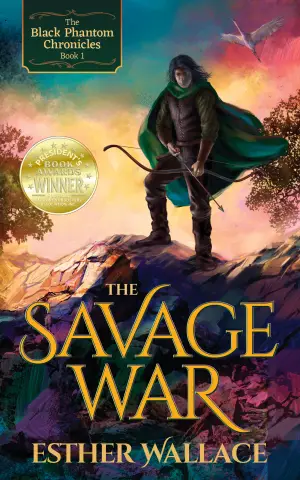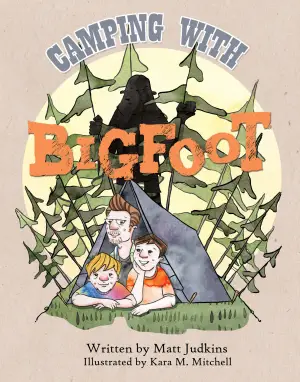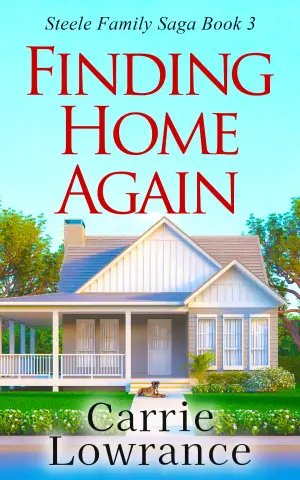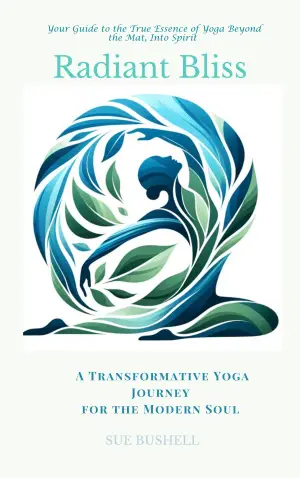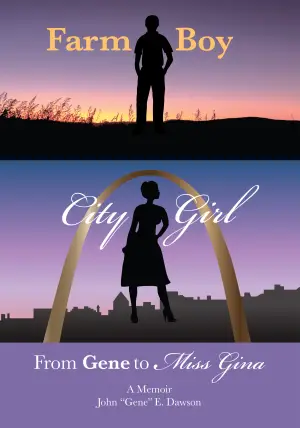The Allure of Riftborne: A Mixed-But-Memorable Fantasy Experience
There’s something irresistible about a stunning book cover, isn’t there? Riftborne, the first installment in the Esprithean Trilogy by Bree Greenwitch and Parker Lennox, grabbed my attention with its captivating design and intriguing premise. As a book lover, I often find myself ensnared by a beautiful cover, hoping it conceals a treasure trove of narrative richness within. Though my excitement bubbled with promise, I soon found myself navigating a mixed landscape of enchantment and disappointment.
At its core, Riftborne strives to deliver a slow-burn, enemies-to-lovers fantasy narrative. Fia, our magic-wielding protagonist, is thrust into a precarious situation: join a morally ambiguous general’s guard or face death. This setup offers the potential for thrilling political intrigue and character development. However, the romance—a central theme you’d expect to ignite passion and tension—fizzles out more than it sizzles. As Fia grapples with her hidden powers, the love subplot feels more like an awkward side quest than the heart of the story.
One of the book’s strengths lies in its world-building and magic system. I found myself genuinely captivated by the intricately crafted universe and unique magical elements. However, I longed for a deeper historical context to enrich the narrative even further. I appreciated the inclusion of a pronunciation guide and a glossary, making the reading experience smoother and more immersive. As I combed through these helpful additions, I thought, "This is how you create a connection with readers!"
Yet, I couldn’t shake off my longing for more engaging plot progression. Occasionally, I found myself skimming through repetitive scenes that stifled the narrative’s vitality. While I understand the intention—the protagonist’s confusion mirrors the monotony of her circumstances—it didn’t quite translate well enough for me. Moments of training, parties, and unremarkable conversations often felt tedious, particularly given the weight of the romantic subplot, which revolved around a rather lackluster male lead, Laryk. His dullness overshadowed any potential chemistry with Fia, rendering their encounters underwhelming.
Perhaps what saved this book for me was its thrilling finale. The last ten percent of Riftborne was a masterclass in pacing and tension, filled with the intensity that the earlier chapters lacked. The cliffhanger was clever and tantalizing, successfully igniting my curiosity for the next installment. My initial frustration melted away, replaced by excitement and anticipation.
In terms of characters, I see potential in Fia. Though she didn’t fully capture my attention this time, I get the sense she could emerge as a formidable, multi-dimensional heroine in future books. The secondary characters—Osta, Raine, Nazul, Briar, and Maladea—served their roles well, adding depth to the story. However, Laryk? He scraped the bottom of the barrel in terms of charm, and I sincerely hope he takes a backseat moving forward. Meanwhile, Aether, a more intriguing character, has me eagerly awaiting his development.
So, should you give Riftborne a chance? Absolutely. If you’re drawn to luxurious covers and intricate world-building, you’ll appreciate exploring this fantasy landscape, even if the romance doesn’t strike the right chord. While it may not be a perfect read, the final chapters and the promise of further adventures have won me over. I’m looking forward to diving into the next book, hoping it builds upon the foundation this one has laid and offers the excitement and depth we crave in fantasy novels.
Happy reading!
Discover more about Riftborne (Esprithean Trilogy, #1) on GoodReads >>

